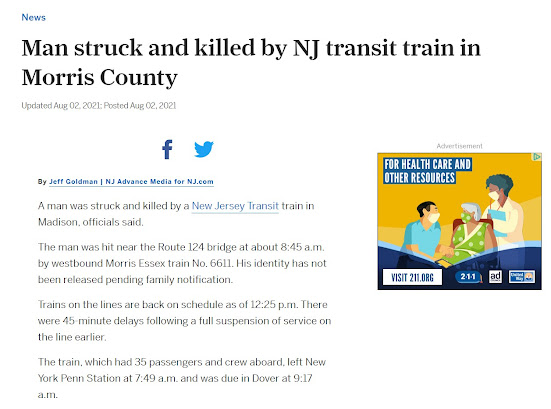Pittsburgh’s transit justice movement
Meet the activists and riders behind Pittsburgh’s transit justice movement
“I asked my neighbors why would you all accept this?” bus rider Debra Green recalled. “The closed mouth never gets fed.”

Editor’s Note: This story is a collaboration between The Incline and HuffPost.
Six decades after the Montgomery bus boycott and the Freedom Rides, public transit isn’t just a platform for the civil rights struggle, it is the civil rights struggle.
In cities across the U.S., mass transit remains a lifeline, an indispensable economic enabler that proves upward mobility so often requires actual mobility to happen.
But advocates and activists say access remains unequal. They describe an imbalance in which those who rely on public transit the most — often the poor and people of color — face the greatest hurdles in finding it.
In Pittsburgh, this disparity has given birth to a so-called transit justice movement and groups like Pittsburghers for Public Transit. In summing up the group’s platform, director Laura Wiens said, simply, “We believe transit is a civil right and also a human right.” Transit justice groups nationwide share the same ideological anchor, arguing that for many the promise of the American Dream is directly tied to the efficacy of the American transportation grid.
A 2015 Harvard study confirmed as much, listing commute times as the single biggest indicator of whether a household can pull itself out of poverty.
The measure of progress then, in American cities like Pittsburgh, is how well they move their people and how easy they make it. For many people, it’s still not easy enough.
Fighting for service
Debra Green was cold and hobbled and pushing 60.
She’d recently undergone a hip replacement. She’d had seven vertebrae fused following a car accident years earlier. And now, cane in hand and en route to see her doctor, she was scuttling down a roadside cluttered with construction equipment and coated in a layer of ice.
“I’ve fallen quite a few times,” Green said of the 20-minute walk from her home to the nearest bus stop. It was winter in Duquesne, a city of roughly 5,000 mostly black residents along the Monongahela River, 10 miles southeast of Pittsburgh.
Green, who’d moved there from another suburb, had heard talk of a bus — the 59 — that used to come straight to the housing development she calls home and which connected to the Downtown Pittsburgh-bound bus she was trying to reach on foot.
The Port Authority cut the 59 connection years prior. Officials say it was because buses could no longer use a private access road, but they also acknowledge a systemwide service cut of 30 percent played a role.
Standing there on frozen ground in a typically unforgiving winter wind, Green wanted the bus stop back.
“I asked my neighbors why would you all accept this? This isn’t acceptable,” she recalled. “The closed mouth never gets fed.”
So Green started circulating petitions and collected hundreds of signatures from residents who wanted the stop restored. The signatures were combined with those collected by Pittsburghers for Public Transit and submitted to the Port Authority of Allegheny County in late 2017.
On June 17 of this year, the 59 stop returned.
“I didn’t call it activism,” Green, now a Pittsburghers for Public Transit board member, said of her petitioning. “I was just doing something because I knew it was needed. […] We couldn’t get to stores or shopping malls. People couldn’t get to work.”
She says that in her apartment complex, which has 357 units, “everyone uses the bus, sometimes several times a day.” Green added, “as a matter of fact, I am sitting at the 59 stop by my complex entrance as we speak.”
In a 2016 study, Pew Research Center found that among urban residents, 34 percent of blacks and 27 percent of Hispanics reported taking public transit daily or weekly, compared with just 14 percent of whites. The Centers for Disease Control found that blacks, Hispanics and Asians were “significantly more likely” than whites to have to walk 30 minutes or more a day to reach public transit.
Pittsburgh advocates and experts say there’s a simple explanation for the unequal access.
“We put affordable housing in places with little to no transit,” Chris Sandvig of the Pittsburgh Community Reinvestment Group explained. “And if there is transit, good luck walking to it, because often there are no sidewalks.”
As low-income and communities of color are priced out and pushed farther away from transit hubs and city centers, this dynamic only intensifies.
“Principle transit riders are being displaced into transit deserts around the [Allegheny] county,” Wiens said. “As long as we don’t address the issue of affordable housing, we have transit riders stranded with no access to basic needs.”https://archive.theincline.com/2018/12/07/meet-the-activists-and-riders-behind-pittsburghs-transit-justice-movement/

Komentarze
Prześlij komentarz